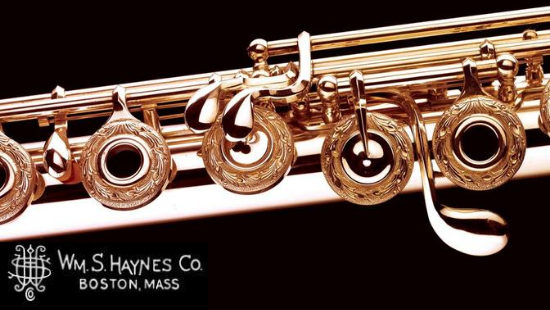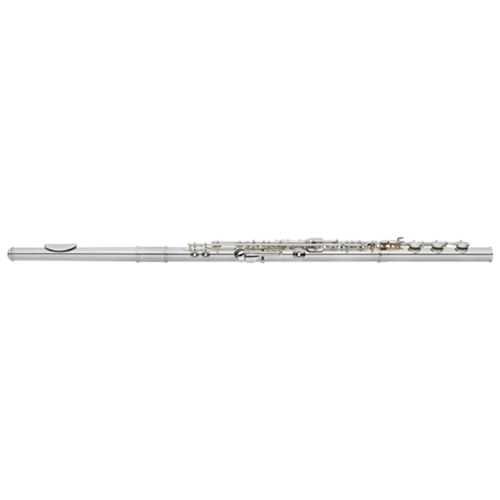
The Swiss army used flutes for signalling, and this helped the flute spread to all of Europe. After this, a period of 70 years follows in which few references to the flute are found.īeginning in the 1470s, a military revival in Europe led to a revival in the flute. The first literary appearance of the transverse flute was made in 1285 by Adenet le Roi in a list of instruments he played. It would not spread to the rest of Europe for nearly a century. The flute became used in court music, along with the viol, and was used in secular music, although only in France and Germany. These flutes became known as "German flutes" to distinguish them from others, such as the recorder. The transverse flute arrived in Europe from Asia via the Byzantine Empire, where it migrated to Germany and France.

Throughout the 11th, 12th, and 13th centuries, transverse flutes were very uncommon in Europe, with the recorder being more prominent.


During the Baroque era the traditional transverse flute was redesigned and eventually developed as the modern traverso. "Six-finger" D is the most common pitch for keyless wooden transverse flutes, which continue to be used today, particularly in Irish traditional music and historically informed performances of early music, including Baroque. This flute is probably worth the $6k (especially considering gold prices in regards to the gold riser), but you probably won't sell it for that much considering that an overhaul is needed and they usually run for $900+.Problems playing these files? See media help. But, I'm not necessarily an aficionado on used flute sales. If it were me, I would probably try to sell it for about $4-4.5k and be prepared to bargain downward. This is just rough estimations of what I've seen on Ebay and other sources over the past 4-5 years. Without pictures and seeing it in person it is hard to say to be honest. I do think that they require that it be in good working order (as in, having had a recent checkup by one of their techs). If you choose to go that route it may or may not sell faster, and you could possibly get more money out of it. If you list it with Fluteworld or a similar company you could probably sell it for a bit more, but keep in mind that they don't have anything running on this sale other than their commission. I would say that it is probably reasonable to expect $3-4k in its current condition, or if it gets serviced between $4-5k. Seeing as how it has been a decade since it has been serviced/repadded, adjustments are most definitely in order. Haynes from this time period I have seen usually sell in the $3-5k range. Many flutes of this caliber (like a Powell or Brannen) would realistically sell for $6-8k (assuming it's just a plain flute without anything extra, and depending on its condition and age). Flutes never resell for that kind of money.

The replacement value (to buy a new one) is between $9-11k I am guessing. It's that iffy period in the middle that some people are wary about. Haynes flutes manufactured prior to the 1960s and their current lineup sell very well. That's something to take into consideration. This flute was made during a period in which many Haynes flutes were regarded as being sub-par in comparison to their 'golden years.' Haynes has recently made a big come back by completely redesigning their entire lineup.


 0 kommentar(er)
0 kommentar(er)
